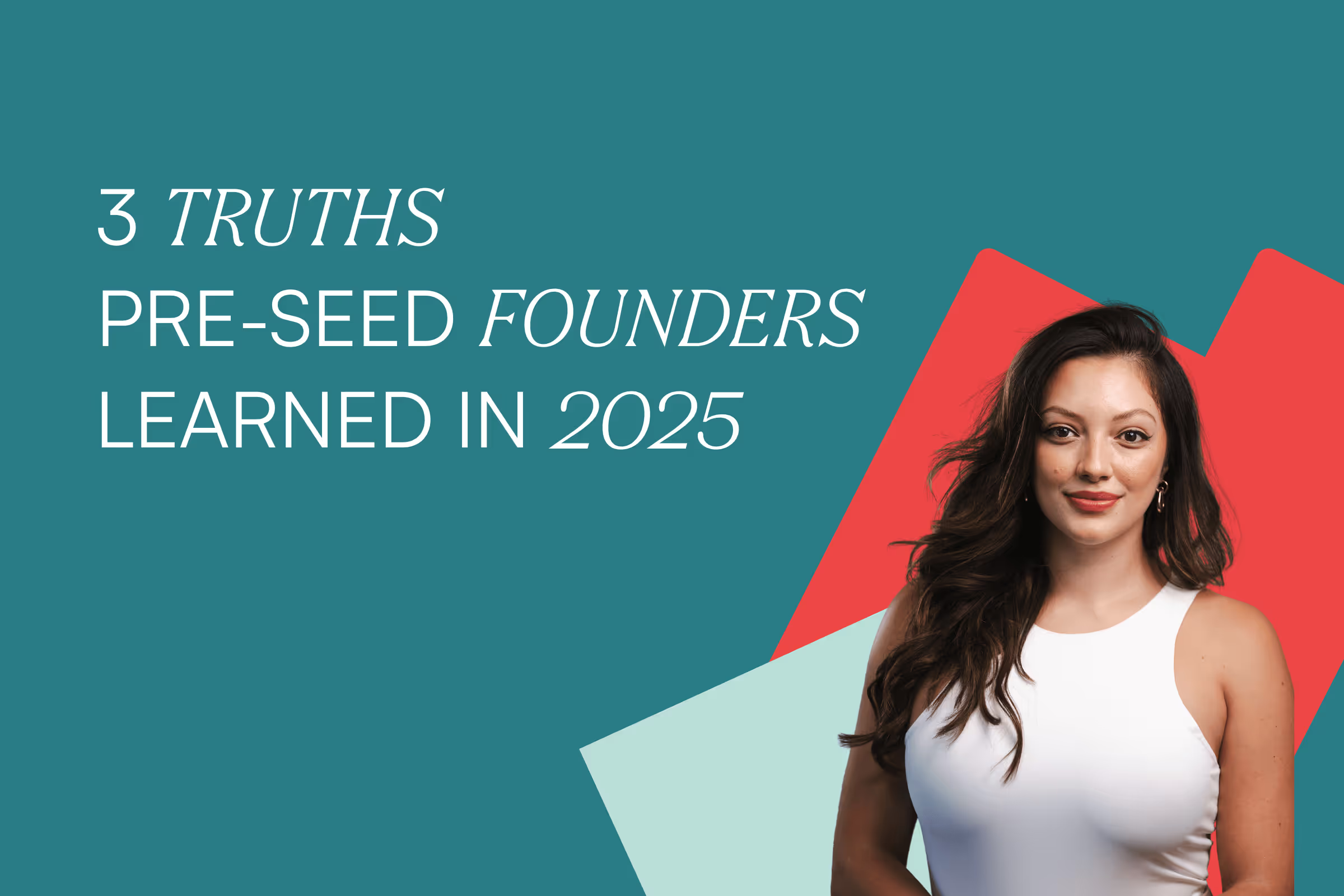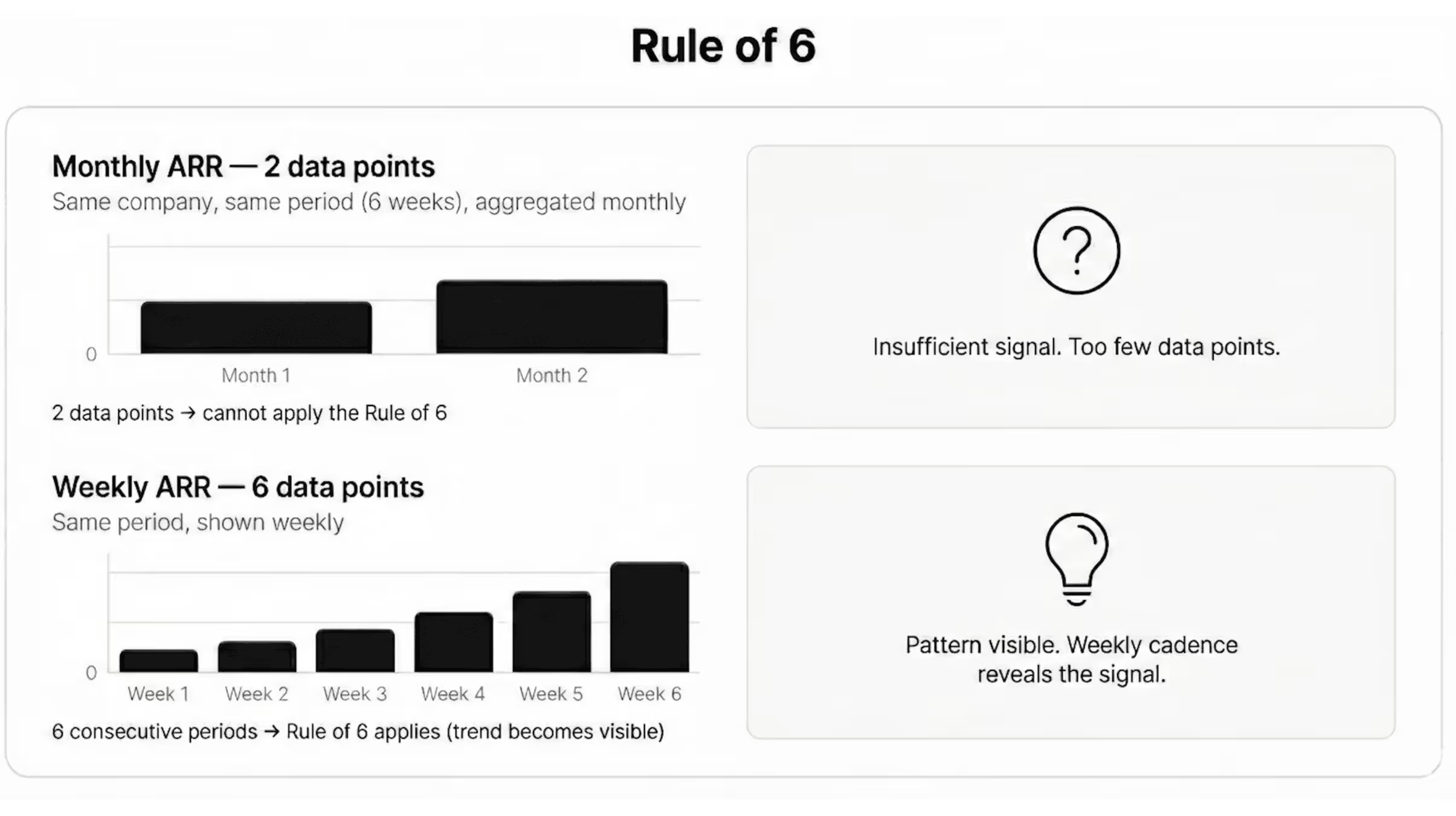At Antler in India, we’re seeing next-generation ideas emerge across the Consumer AI landscape, fueled by rapid advances in AI. Drawing on hundreds of founder conversations, Antler’s Next100 Report, and our early investments in fashion, gaming, and early childhood development, we’ve curated a snapshot of how India’s Consumer AI ecosystem is taking shape.
The Evolution of the Consumer AI Landscape - Post-Toy, Pre-Default phase
It is no secret that the strongest consumer products don’t demand new habits—they embed into existing ones. This holds true even in consumer AI. With near-zero switching costs (Context does matter and we will get there too!) and minimal onboarding friction, the success factors for early consumer AI will come down to distribution and oneness with a user’s daily life.
In hindsight, Early AI apps felt like impressive demos—viral but fleeting. DALL·E, Lensa’s Magic Avatars, and Microsoft Designer’s AI ads turned prompts into art or marketing banners, but didn’t stick. Tools like Jasper or Copy.ai solved specific tasks without becoming daily defaults. We’re now in a post-toy (or impressive demos), pre-default phase, where the biggest opportunity lies in upgrading high-frequency, high-friction behaviors. Just as WhatsApp replaced SMS, Google Maps replaced asking for directions, and Canva replaced PowerPoint, AI products that deliver a 10x improvement in speed, cost, ease, or quality can become the new defaults.
Every sticky consumer product—AI or not—tends to live in one of three places: Work, Live, Connect
At Antler India, we use two simple lenses to structure our view of Consumer AI.
The first—what they do—is inspired by the Jobs To Be Done framework, mapping opportunities across three broad arenas: Work, Live, and Connect.
The second—the value they deliver—asks whether they make something easier, faster, cheaper, more contextual, or better.
Ultimately, the scale and defensibility of Consumer AI will come from three forces: distribution, repetition for context, and agentic action.
To understand these forces in action, let’s look at the standout example in Consumer AI— The Curious Case of ChatGPT.
ChatGPT is unique in straddling both Work and Live while delivering on every major consumer AI value lever—faster (zero to structured output in seconds), easier, context-rich (blends internet, personal files, and memory in one interface), cheaper, and better (produces higher-quality thinking for most users). Likely the only consumer product to hit a billion users without network effects, it’s a masterclass in how stacking multiple value levers can drive unprecedented scale.
Diving deeper into the first lens —what they do— mapping opportunities across three broad arenas: Work, Live, and Connect. In our future pieces, we hope to dive deeper into the second lens.
Work
~82% of consumer AI revenue currently comes from apps that help enhance thinking, writing, planning, learning, or problem-solving. Think Claude, Cursor, Notion, Gamma, Duolingo Max. In India, Phot.ai, Figr, Autodraft, Kruti and more. Interestingly, the highest share is held by Photo / Video Editors (20%).
The first breakout products (Claude, ChatGPT, Notion AI, Lovable, Duolingo Max) have one thing in common: they reduce friction between thought and output. These tools work not because they’re “AI,” but because they’re better at helping users do what they were already doing—writing, planning, creating, learning.
Connect
This buckets products that help people form, deepen, or expand relationships. Think AI companionship apps, social media, social commerce, parenting tools, and spirituality bots. Think Character.ai, Replika, Polybuzz. Human-tech companionship has come a long way from ELIZA, the 1960s MIT experiment that mimicked conversation without meaning. For decades, chatbots were scripted novelties. Now they have memory, adapt to tone, and respond in real time. Early use cases were romantic—AI “girlfriends” and “boyfriends.” The category quickly expanded to friends, therapists, tutors, coaches, and influencers with monetised AI selves. Winners will be platforms that enable connection, communication, and content-sharing. They will form networks and communities. And they will run on infrastructure that supports real-time interaction at scale.
Live
15% of global Consumer AI revenue comes from products that enhance daily life, spanning health, habits, and appearance. Think Ash, Function, Replika, and Character.AI; in India, Whoop, Seekho, Frnd, Dashtoon, Airbrush, and more. Appearance-focused tools alone—especially beauty editors—rank second among Consumer AI categories by revenue, at a hefty 14%. But it’s not just vanity—it’s about identity, self-expression, and belonging. From photo editors like Airbrush, to AI-first shopping assistants like ALT Fashion, to AI stylists like Styl AI, these products help people live better, feel confident, and project their best selves.
Where India is Building: A Market Map of ~70 of India’s Consumer AI Startups
.avif)
What’s NEXT: Areas We’re Excited About

(1) The Future of Learning in the Age of AI
Tracking back to, Bloom’s “2 Sigma Problem”: students with one-on-one human tutors perform two standard deviations better than peers in traditional classrooms—a huge leap in outcomes. However, the challenge was always scaling that level of personalization. Education has long been a slow adopter of tech, but AI may finally make its biggest promises real. Imagine a 10-year-old in a small-town classroom learning math from an AI tutor that adjusts problems to their pace, switches explanations when they’re stuck, and remembers their weak spots from last week.
Two industry leaders echo this in Antler’s N100 report: Nandita Sinha, Myntra: “AI can dynamically adjust to each child’s learning style, bridge regional disparities, and even serve offline on low-cost smartphones.” Pavan Guntupalli, Rapido: “More than just instruction, it identifies potential early and nurtures it with tailored guidance… bridging the gap to create a future-ready workforce.”
The need is urgent—India has 1.2 lakh single-teacher schools (2023) and millions of children without personalized attention. From hyper-personalized AI tutors and adaptive curricula, to tools that cut teachers’ admin load in half, to outcome-based models that guarantee mastery—AI can take one-on-one teaching mainstream, making quality education not just a privilege, but the default.
(2) AI Agents for Creativity using Gen AI
India is a land of storytelling, especially seen in the proliferation of microdrama OTT platforms as well as India's creator economy. Photo and video editors make up 20% of global consumer AI revenue—yet India is yet to see its own Krea. InVideo AI is a clear breakout, with other notable players like Hypergro AI, Phot.AI. But the broader opportunity is still wide open.
The wedge is aggregating and chaining multiple creative models into one intuitive interface. Start with creatives and power users. Then expand to everyday consumers and finally to enterprise teams needing fast, high-quality content. India can build the go-to creative stack for the AI era—fast, fluid, multimodal.

(1) Contextual Group Companions
Chatting with AI 1-1 has unlocked many possibilities. Now imagine one in your group chat. A coach mediating a couple’s disagreement. A parenting bot remembering every child’s quirks. A hobby circle AI sharing tips and sparking ideas. In gaming clans, tracking strategies. In work chats, surfacing insights without breaking flow. With memory, personality, and group awareness, these bots stop being tools. They become part of the gang—woven into shared spaces.
(2) AI and the Parent–Child Bond
Few relationships are as fundamental as the one between parent and child. Today, much of a child’s growth—academic, emotional, and social—happens out of a parent’s sight. AI companions for kids that track closely are changing this, but are still early. Imagine a child learning math from an AI tutor that also notices their frustration levels, prompts a break, and updates the parent in real time. Or an AI that captures milestones—a new word spoken, a skill mastered—and shares them instantly. Over time, this creates a living, evolving picture of a child’s development, giving parents new ways to stay connected.

(1) AI in Consumer Health: From Everyday Wellness to Lifesaving Care
AI in consumer health spans every life stage, from sleep-deprived professionals to aging parents, teenage athletes to postpartum mothers. It’s embedding itself into both software and hardware, and into existing health journeys. Underserved segments: kids, eldercare, women’s health; remain ripe for AI-native innovation. We believe winners here will combine clinical insight, behavior design, and measurable outcomes to make healthcare personal again, at scale. Four big themes that excite us:
- Health & Wellness – AI copilots for getting the basics right: sleep, nutrition, movement. Nuanced solutions focussed on preventive health and longevity, including but not limited to, cycle and fertility, gut, skin, hair; across apps, wearables, and devices, for India and global users.
- Managing Diseases – As Mohit Sadani of DeVC notes here, “I would love to see an AI-first tool that finally makes managing chronic conditions effortless, especially for people who are time-starved, overworked, and constantly on the move.” Imagine AI care managers preventing, detecting, and managing lifestyle diseases—cancer, lung, MSK, heart, hypertension, diabetes, mental health—in one continuous loop.
- Navigating Healthcare – The front door to Indian healthcare is still open. AI care navigators and concierges could match users to the right service, insurance, or drug—aggregating personal data on ABHA rails and booking instantly.
- Receiving Healthcare – We’re yet to see AI nurses and doctors that are reliable, accurate, and universally accessible, paired with reimagined, AI-first physical spaces like clinics and pharmacies.
(2) Shopping 3.0: The next wave - beyond AI for Curation
Today’s online shopping experience is overwhelmed by a paradox of choice —endless products, fluctuating prices, and sizing guesswork. As Kuldeep Dhankar, Founder of Last9 Inc, notes in Antler’s N100 report: “The internet transformed commerce by enabling centralization, frictionless pricing, seamless discovery, and viral product distribution. However, it failed to create hyper-contextual product purchase and post-purchase experiences for customers.” Startups like Alle and ALT Fashion already function like wardrobe assistants, helping users curate fashion searches.
But the opportunity is bigger – imagine an artificial representative for every brand—designed to build trust, answer questions, and offer personalization at scale. Not a chatbot, but the digital equivalent of a smart, empathetic salesperson.
As noted by Daisy Zhao and Bryan Kim (A16Z), “the entire shopping journey is being reimagined: try on clothes via full-body AI twins, preview furniture in your home before white-glove delivery, customize to your exact specs, and let your AI cart price-match, filter fake reviews, and check out for you. Soon, the right products, at the right price and size, will find you, not the other way around.”

We’re seeing early momentum in consumer AI products built for Bharat—across spirituality (AppsForBharat, Vaya), emotional connection (Rumik AI), and snackable, mobile-native entertainment (like Flick TV). These are just the opening acts. As digital penetration deepens, Bharat is moving beyond survival and utility apps into aspirational use cases. That means tools that help users:
- Work better - Bharat is a land of prosumers and micro-entrepreneurs. The line gets blurred between consumer and enterprise! Any apps that can help them earn more may have to start being a consumer app
- Live better - Includes everything from parenting, health, fashion, grooming, beauty apps tuned to regional trends
- Connect better - It also means social platforms that feel culturally native, community-driven, and deeply personal
This shift—from “needs” to “wants”—is one of the most important unlocks in consumer AI. We’re looking for founders who deeply understand the desires, motivations, and behaviors of Bharat’s 200 million users—and are building culturally resonant, emotionally intelligent products from the ground up.
Apply to Antler India's AI Residency
If you are working on an idea in any of these areas, we want to talk to you. Write to: <in.team-consumer@antler.co> or reach out to: Rajiv Srivatsa, Raghav Goyal, Divita Aggarwal, Dravisha Katoch from the Antler India Team to explore fitment with the Antler India AI Residency—or, better yet, apply to the Residency.
The Antler India AI Residency is a high-intensity program designed to back India’s most ambitious AI founders from day zero. It offers fast-track funding decisions (in 4 weeks), our largest investment cheque — ₹4 Cr (~$470K) and access to over $1M in AI-relevant perks and up to $4M in total perks. Upcoming Cohort: To Be Announced in January 2026. Visit the Antler India Website to learn more about our General Residency Track, Portfolio Companies, Investor Partners, Team and more.
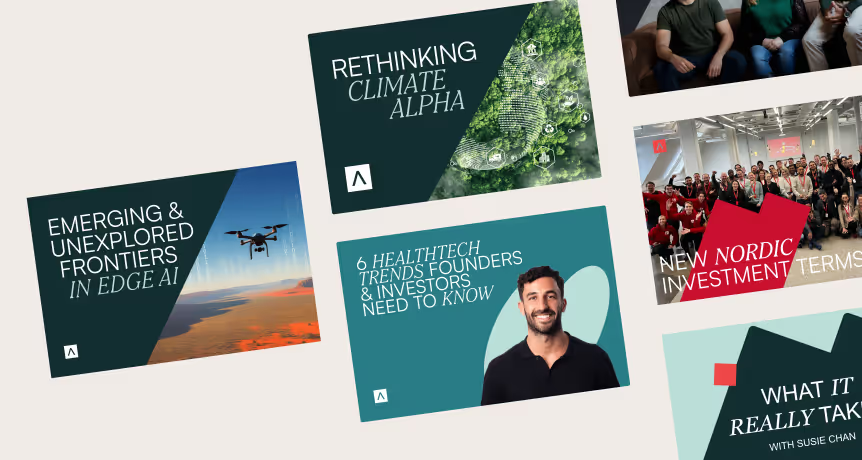



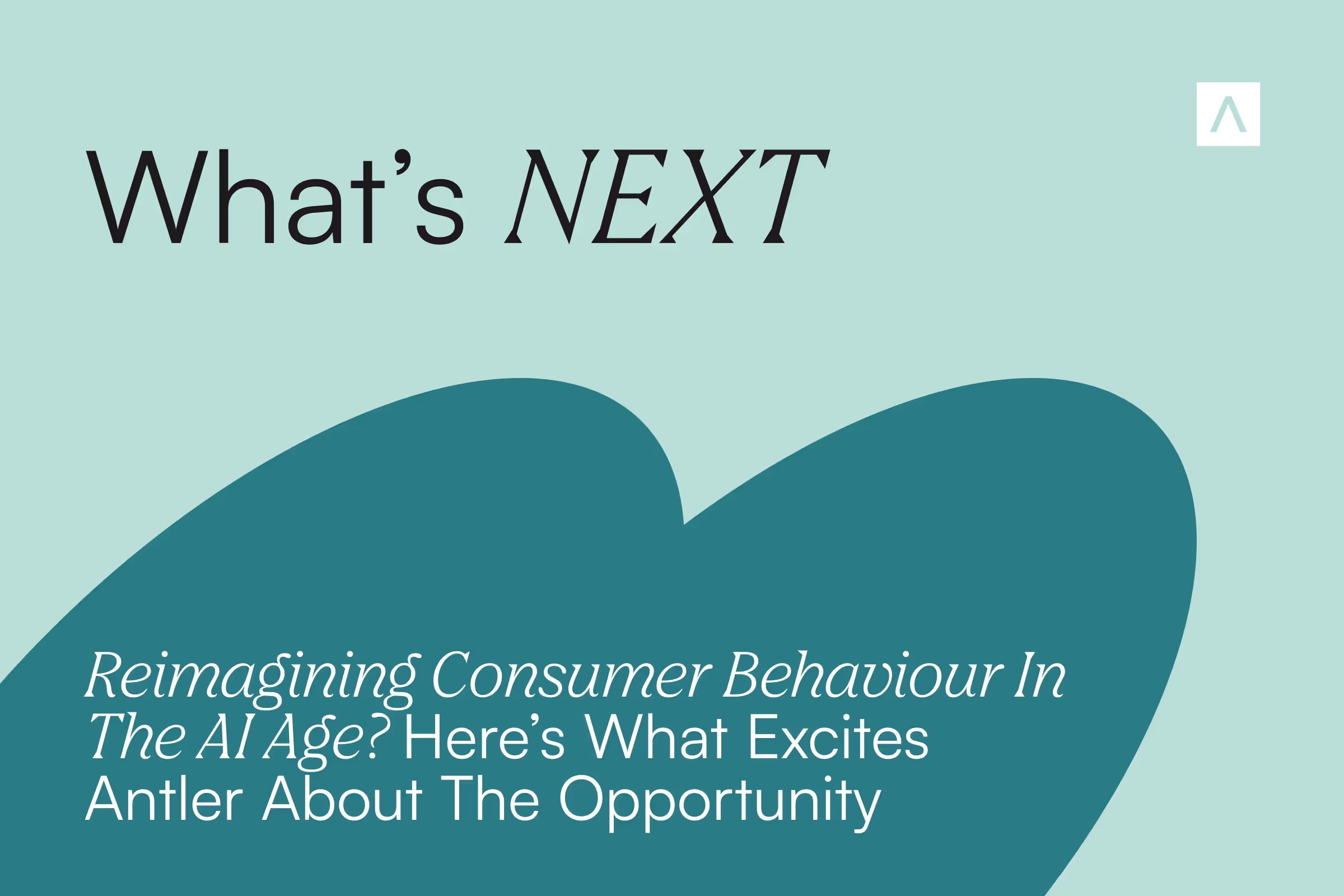


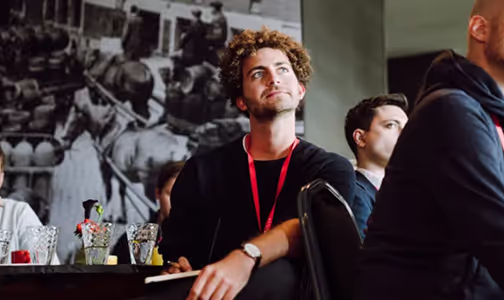
.avif)
.jpeg)
